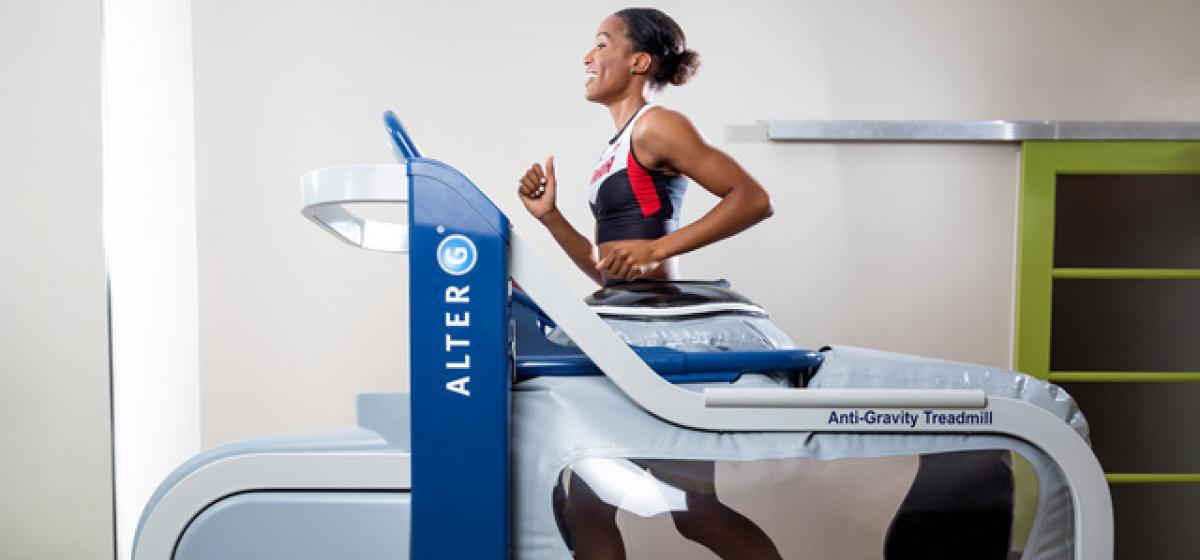Anti-gravity treadmill boosts confidence post knee surgery

Using space age technology, a British scientist has developed an anti-gravity treadmill that can help people reduce their fears of re-injury as well as boost their confidence after knee operations.
Using space age technology, a British scientist has developed an anti-gravity treadmill that can help people reduce their fears of re-injury as well as boost their confidence after knee operations.
The anti-gravity treadmill could provide a great environment for healing and help restore the belief that injured people could make a successful return to any sport they love, said Karen Hambly, senior lecturer at the University of Kent and an international expert on knee rehabilitation.
When people run, the load on their knee joints could be up to five times greater than when walking. Healthy cartilage that covers the bone surfaces in the knee joint transfers these high loads from the lower leg to the upper leg.
However, the anti-gravity treadmill can help walking or running without the full weight of the body, while reducing the load on the joints in the lower limbs and bridging the gap between rehabilitation and return to sport, the research showed.
The air pressure in the treadmill could be adjusted to take the patient from 100 per cent of their body weight to only 20 per cent, the same feeling as walking on the moon, and reducing the impact and pressure on joints during the run.
In the study, published in the journal Physical Therapy in Sport, the expert on knee rehabilitation, highlighted the journey of a 39-year-old female endurance runner.
Post her knee surgery, she took eight week rehabilitation on the anti-gravity treadmill to take part in her sport again. The anti-gravity treadmill helped in an improved knee and rehabilitation of self-efficacy and subjective knee function.







